What remains: a hardware store in Osaka lays bare the bolts of Japan’s history
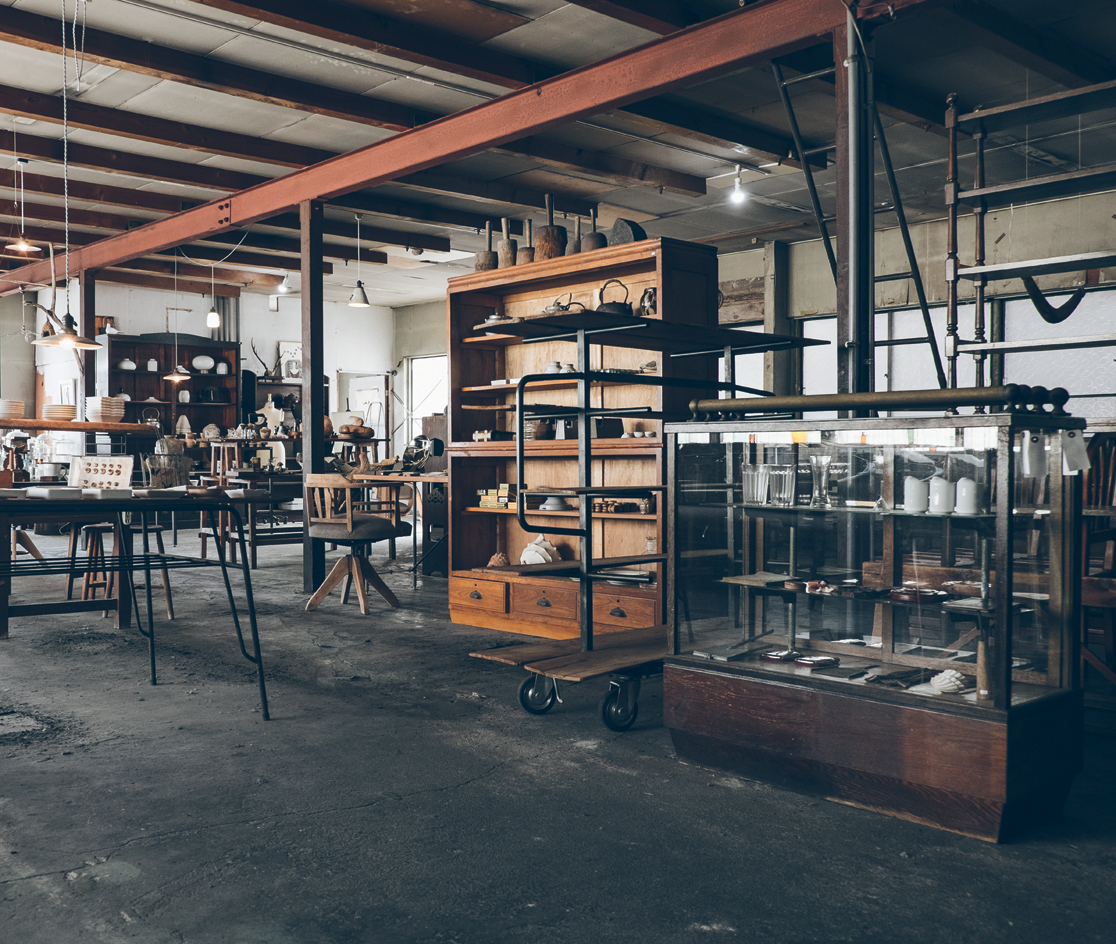
To call the location of vintage hardware shop Tsumugi Syoukai obscure would be an understatement. Large warehouses and small sub-suppliers to Osaka’s heavy industry dominate the area, the only bright addition being a small nursery from where the sound of children singing can be heard from the large open windows of the shop’s first floor. Proprietor and self-acclaimed hardware-otaku (that’s Japanese for nerd) Masakatsu Sato doesn’t seem to mind at all.
‘I had a smaller shop, a bit more central, before I opened here this summer,’ he says. ‘But we are doing much more business now, even in this strange location.’ It’s clear why. The shop is housed in what used to be a warehouse, and the bare cement floor, the painted steel windows and the industrial feel fit perfectly with the merchandise. And what merchandise! Sato has been hoarding vintage hardware dead stock from around Japan for the last seven years, and the variety of hinges, locks, knobs and handles, mostly from when these kinds of fittings were still made in Japan in the late 1800s to mid-1900s, is staggering. Besides hardware, he also buys old household goods such as dustpans and cups, plus the odd piece of furniture. Japan is notorious for its readiness to tear down homes older than a generation, and Sato also likes to salvage doors and windows from old buildings when the opportunity presents itself.
The shop is divided into two floors, each around 300 sq m in size. On the ground floor, there is a fully equipped workshop where Sato restores old furniture and makes made-to-order pieces. Larger items, including a few vintage Japanese bicycles, are also displayed. Up an iron staircase is the main shop brimming with all the wonderful hardware.
Sato’s love for the products is evident from the way he talks about the history of each individual piece. He shows me two padlocks. One carries the inscription ‘made in occupied Japan’, the other the Japanese word ‘fukko’, which means ‘restoration’. They both tell of a different Japan all together. He also has a scrapbook where he keeps old packages and labels from his many years of collecting. The colours may be faded, but the graphic design from this golden era of Japanese manufacturing looks refreshingly different from anything you see at your local hardware store. Every piece has a story and Sato is fascinated by the creativity of design and what these humble hinges and brackets tell about Japanese manufacturing history. ‘Of course, I am happy when someone buys something, but it also makes me a bit sad,’ he says. I get the feeling he would rather not sell anything, and just keep expanding this seemingly never-ending collection of vintage Japanese hardware.
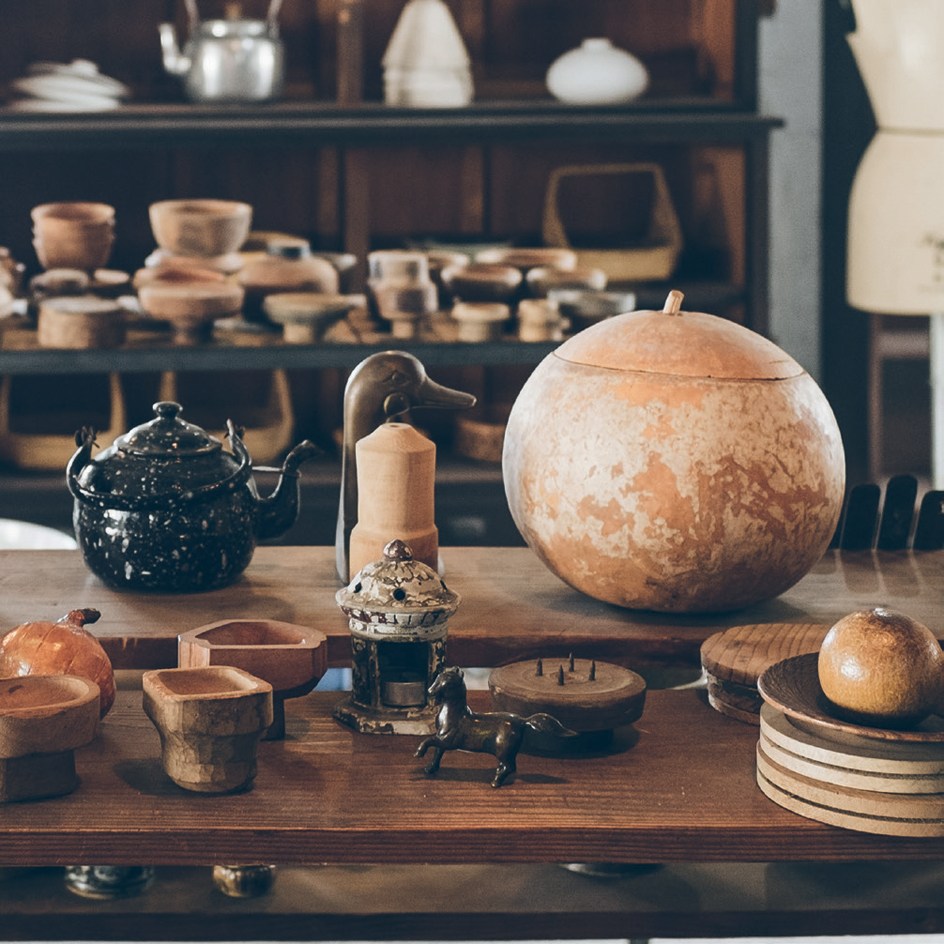
As well as selling found objects, Sato makes small household items himself
INFORMATION
Tsumugi Syoukai is open on Saturdays and Sundays or by prior appointment. For more information, visit the store’s website
Photography: Hachi Anzai
Receive our daily digest of inspiration, escapism and design stories from around the world direct to your inbox.
Originally from Denmark, Jens H. Jensen has been calling Japan his home for almost two decades. Since 2014 he has worked with Wallpaper* as the Japan Editor. His main interests are architecture, crafts and design. Besides writing and editing, he consults numerous business in Japan and beyond and designs and build retail, residential and moving (read: vans) interiors.
-
 Sculptor Woody De Othello paints a Miami museum red for a show that ‘almost hugs you’
Sculptor Woody De Othello paints a Miami museum red for a show that ‘almost hugs you’The Miami-born, California-based artist opens his first museum exhibition in his hometown as an experiential journey through life and lifeless objects
-
 Alpine A390 GT: French, fast and fun. A sporting EV with a real sense of occasion
Alpine A390 GT: French, fast and fun. A sporting EV with a real sense of occasionAlpine doubles down on its fast electric credentials with the A390 GT, the French performance brand’s largest car to date
-
 Forget smart homes, Doma's 'intelligent' doors open at the sight of a familiar face
Forget smart homes, Doma's 'intelligent' doors open at the sight of a familiar faceYves Béhar and Jason Johnson have founded Doma, a tech start-up dedicated to seamlessly integrating tech into your daily life
-
 Japanese designer Shinichiro Ogata's latest venture is a modern riff on the traditions of his home country
Japanese designer Shinichiro Ogata's latest venture is a modern riff on the traditions of his home countryAs he launches Saboe, a series of new tearooms and shops across Japan, we delve into Shinichiro Ogata's creative vision, mirrored throughout the spaces and objects, rituals and moments of his projects
-
 2025 Loewe Foundation Craft Prize winner announced as Kunimasa Aoki
2025 Loewe Foundation Craft Prize winner announced as Kunimasa AokiThe Japanese sculptor describes his work as ‘50 per cent tradition and 50 per cent innovation’
-
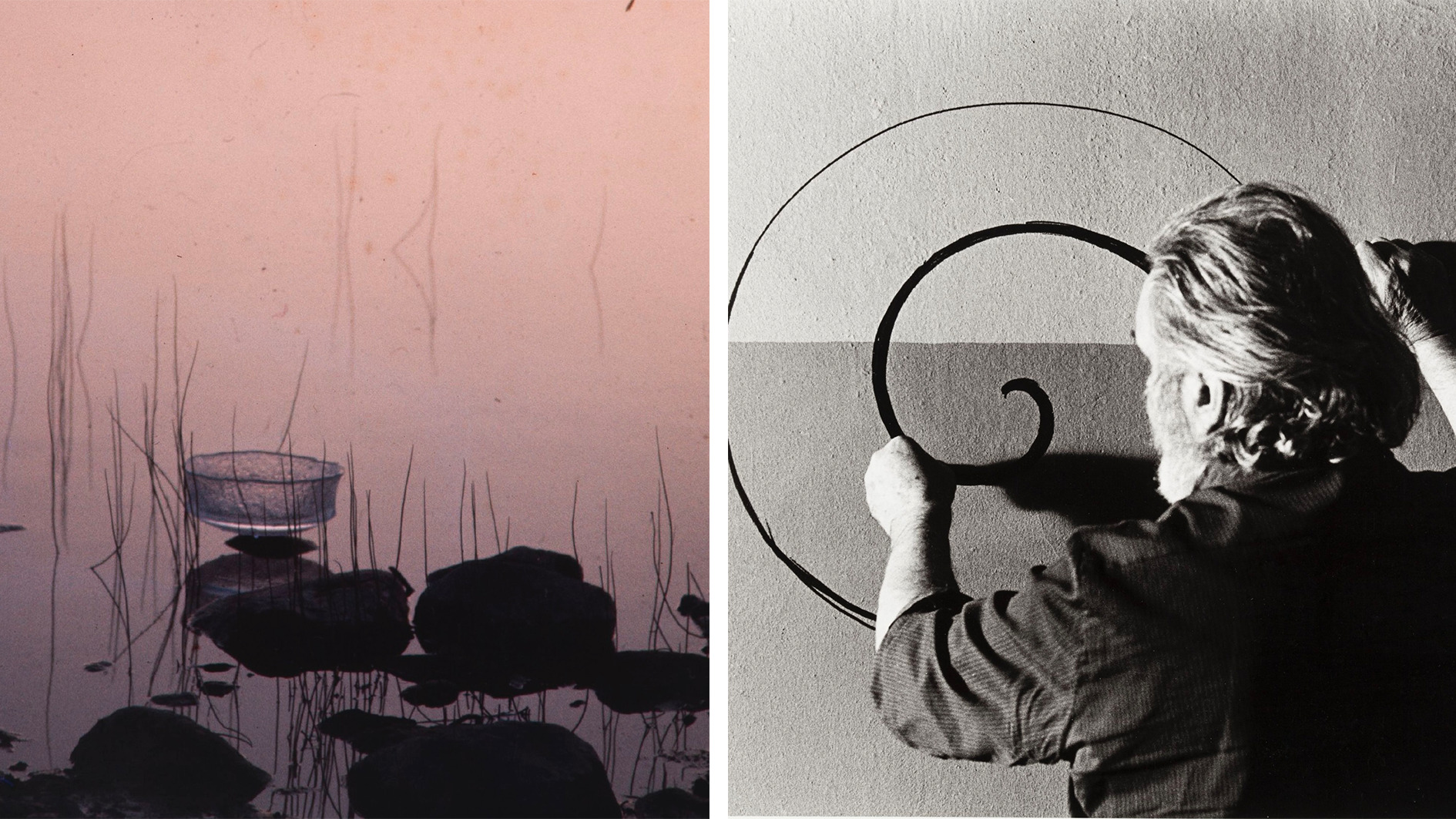 Inside the world of Tapio Wirkkala, the designer who created masterpieces in remotest Lapland
Inside the world of Tapio Wirkkala, the designer who created masterpieces in remotest LaplandThe Finnish artist set up shop in an Arctic outpost without electricity or running water; the work that he created there is now on display at a retrospective in Japan
-
 Naoto Fukasawa sparks children’s imaginations with play sculptures
Naoto Fukasawa sparks children’s imaginations with play sculpturesThe Japanese designer creates an intuitive series of bold play sculptures, designed to spark children’s desire to play without thinking
-
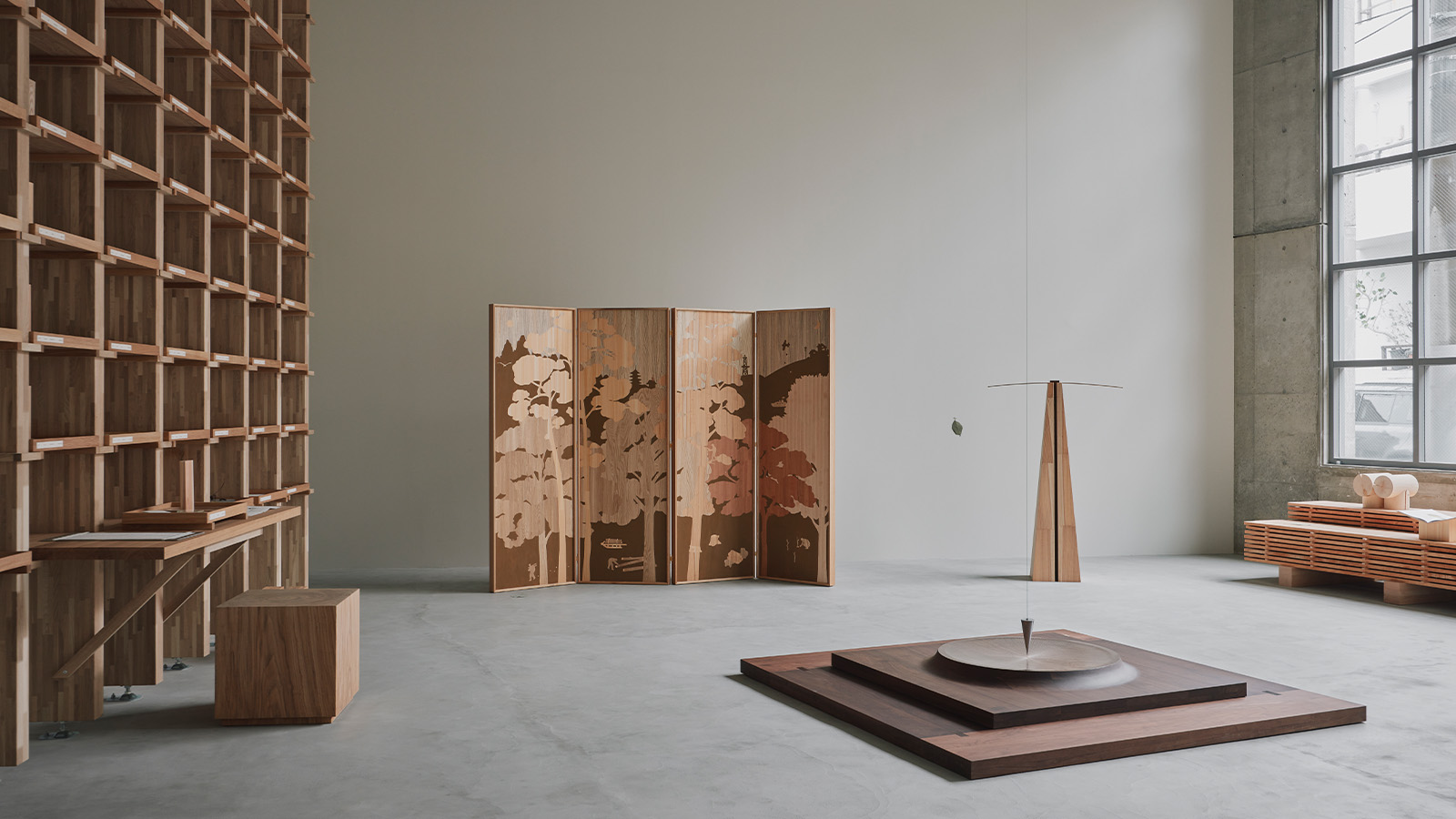 Time, beauty, history – all are written into trees in Karimoku Research Center's debut Tokyo exhibition
Time, beauty, history – all are written into trees in Karimoku Research Center's debut Tokyo exhibitionThe layered world of forests – and their evolving relationship with humans – is excavated and reimagined in 'The Age of Wood', a Tokyo exhibition at Karimoku Research Center
-
 Minimal curves and skilled lines are the focal point of Kengo Kuma's Christmas trees
Minimal curves and skilled lines are the focal point of Kengo Kuma's Christmas treesKengo Kuma unveiled his two Christmas trees, each carefully designed to harmonise with their settings in two hotels he also designed: The Tokyo Edition, Toranomon and The Tokyo Edition, Ginza
-
 Claesson Koivisto Rune on 30 years of their often Japan-inspired designs, charted in a new book
Claesson Koivisto Rune on 30 years of their often Japan-inspired designs, charted in a new book‘Claesson Koivisto Rune: In Transit’ is a ‘round-the-world journey’ into the Swedish studio's projects. Here, the founders tell Wallpaper* about their fascination with Japan, and the concept of aimai
-
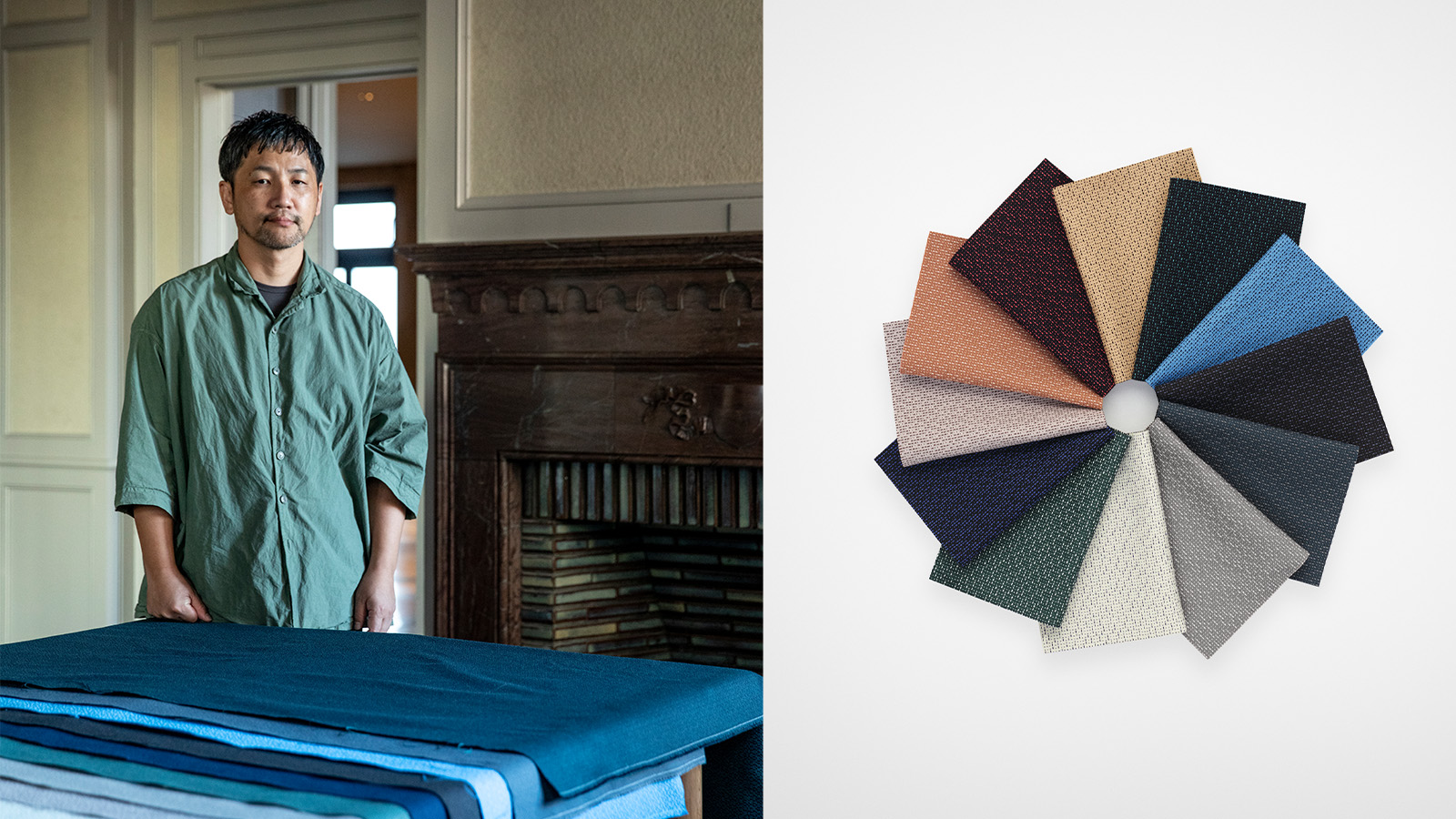 Teruhiro Yanagihara's new textile for Kvadrat boasts a rhythmic design reimagining Japanese handsewing techniques
Teruhiro Yanagihara's new textile for Kvadrat boasts a rhythmic design reimagining Japanese handsewing techniques‘Ame’ designed by Teruhiro Yanagihara for Danish brand Kvadrat is its first ‘textile-to-textile’ product, made entirely of polyester recycled from fabric waste. The Japanese designer tells us more